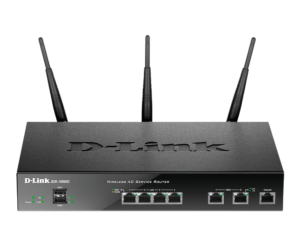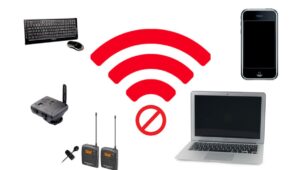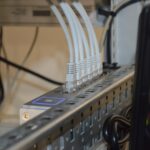The 192.168.10.253 is the default IP address that belongs to class C. The IP address not only helps various routers with the configuration process but also helps setting extenders. In addition to that, the default IP address also acts as a gateway for most of the routers, as well as ADSL modems. The network devices that consist of this IP address can use more than one network IP.
The router or modem management page consists of all the information about IP, LAN, WAN, details of network management, MAC address, and others. To access all of these items, you need to follow a few specific steps for the network device configuration.
The Configuration Steps — 192.168.10.253
Before you begin, make sure that you have an active internet connection. In addition to that, your mobile device or computer must be free from all types of glitches so that it cannot create a barrier during the configuration process.
1. The Initial Setup
If you have bought a router or a modem, unpack it and check for the presence of all the required pieces of equipment. After that, plug in the power cable to the router to initiate the power supply. Make sure all the notification LED lights are glowing properly. Regarding the wireless connection, you don’t have to connect an Ethernet cable to the system. Whereas, for the wired connection, attach the dedicated Ethernet cable that came along with the device to the WAN port of the system.
2. The Process of Navigation
To start the configuration, you need to navigate to the router/modem dashboard. With the help of the 192.168.10.253 and default browser in your system, go to the login page. If any login ID and password is available, put them to proceed. After that, you will be able to access the device dashboard. Various options, features, and functions are present, go through them one by one.
3. You have to Input the Network Data
Hopefully, you have got all the vital information from the ISP. Now, it’s time to input them. Most of the devices have dedicated Network Settings present in the dashboard. So, you need to access the Network Settings to find out the place where you can put the network data. This will help the device adjust the compatibility of the internet connection. In addition, it will also open the gateway for uploading, as well as downloading the internet data packet.
4. Providing the Security
Apart from the configuration of the 192.168.10.253 IP address, you have to enable the security features of the router/modem. A customized name of the router/modem will help in detecting the device, easily. On the other hand, a strong password will restrict unauthorized user access. You will notice the term “SSID”, here you will set the new name of the device.
Things to do when you cannot open the Dashboard
Suppose, you try to open the device dashboard and witness the “Webpage not available” message. Then, you have to get rid of the issue with the dashboard. Look at the network IP address and check whether it is correct or not. After that, ensure that you have correctly entered 192.168.10.253 in the address bar of the default browser. If there are proxy extensions active in the browser, immediately turn it off.
Now, check the router, whether all the hardware functions are correctly working or not. After taking the necessary measures, hopefully, the dashboard will open. Lastly, check for any forced IP and MAC address binding. If present, delete and re-enter them.
Resolving Common Router Issues
Hopefully, you have well understood the entire configuration process. Now, it’s time to deal with the common issues that might take place while using the network device. When you receive low frequency, it means that the receiver is out of range. All you have to do is bring the device closer to the router/modem.
Regarding the fact of ping losses, you can reboot the router. It will eliminate all the data packet congestion in the device. After that, hopefully, you will not face any ping loss in the network. If the issue still persists, contact the ISP.
More Information about the 192.168.10.253
As the 192.168.10.253 IP address is the default router/modem/extender, a few network experts consider this IP as the private, LAN, and NAT address. This IP address is very much suitable for local area networks as it has the ability to save several network information. However, it is more safe and secure than any other public IP address.
Frequently Asked Questions:
How do I change my 192.168 1.1 password?
All you need to do is go to Routers > Advanced setup > Router Admin > Change Password > Advanced setup. Enter and save old and new passwords. Farewell! Fired! The router with its default IP address can be logged in, but notice that every router has its standard IP address.
How do I log into my 192.168 1.1 IP address?
Switch on and connect your router with an Ethernet cable to your computer.
Open the address bar for your favourite web browser and type “http://192.168.1.1.”.
Enter the right login/password router combination.
How can I get 192.168 WiFi password?
Use default IP address – 192.168.1.1 / 192.18.1 / http://routerlogin.com/ to open your router setup page.







